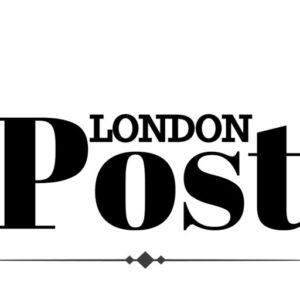Ten years after controlling and coercive behaviour (CCB) became a criminal offence, new figures show City of London is among the worst performing forces fordecreasing charge rates in these cases, but for families, the real impact is often felt most in the family courts.
CCB – which covers patterns of intimidation, isolation, and control – was introduced as a specific offence in 2015 under Section 76 of the Serious Crime Act 2015. After a clear increase in CCB charge rates year–on–year since the law change, the latest financial year has seen a marked decrease.
The analysis, conducted by Woolley & Co, Solicitors using official police-recorded crime and outcomes data, compares charging rates in 2023/24 and 2024/25 to show which police force locations are maintaining the steady incline we have seen on average across the country since records began, and which are falling behind, almost a decade on.
The 5 police forces with the most significant decreases in charging rates are as follows:
|
Position |
Police Force Name |
% of Offences Charged or Summonsed (2023/24) |
% of Offences Charged or Summonsed (2024/25) |
Difference in % |
|
1 |
City of London |
7.69% |
0.00% |
7.69% |
|
2 |
Nottinghamshire |
13.33% |
7.09% |
6.24% |
|
3 |
Wiltshire |
10.26% |
4.29% |
5.97% |
|
4 |
Cumbria |
8.36% |
3.27% |
5.08% |
|
5 |
Suffolk |
10.26% |
5.95% |
4.32% |
As we can see, City of London achieved the biggest decreasein the proportion of CCB offences leading to a charge or summons over the last financial year.
On the flip side, some forces recorded improvements. Dyfed-Powys nearly doubled its charge and summons rate from 4.05% to 8.65%, while South Wales and Northumbria posted smaller rises of 1.05% and 0.91% respectively.
Kathryn McTaggart, family law solicitor and Director at leading UK law firm, Woolley & Co, Solicitors, comments, “Almost ten years on from the coercive control law, the figures highlight how uneven prosecutions remain, and for families, the same inconsistency is mirrored in the family courts.
“When it comes to divorce cases, coercive control is a prevalent issue. Clients often describe years of financial restriction, emotional manipulation, or social isolation; behaviours that don’t just end when the relationship does. They continue to shape how safe someone feels during separation, whether they can engage in mediation, and the tone of negotiations.
“Turning to children proceedings, courts are expected to follow Practice Direction 12J, which requires allegations of abuse to be properly investigated before contact arrangements are decided. In reality, the way this is applied varies widely. Some parents see the risks they’ve lived with taken seriously, while others feel it’s overlooked. That inconsistency can have life-changing consequences for families.
“In financial proceedings, coercive control is frequently raised but rarely has any impact on the settlement. The law sets a very high threshold for conduct to affect the division of assets, so many survivors feel the financial consequences of abuse are simply invisible in the outcome.
“Worryingly, for some, the abuse even continues through the litigation process itself. We often see people use delay, non-disclosure, or non-compliance as ways to exert control. What should be a protective system can, without proper safeguards, become another arena in which victims feel trapped.
“These are the realities we deal with daily. Just as criminal prosecutions reveal a postcode lottery, family outcomes can vary dramatically depending on the court, the judge, and the resources available. Until coercive control is treated with consistency across all areas of family law, survivors will continue to face uneven protection.”
If you’re experiencing controlling or coercive behaviour, Woolley & Co offers confidential advice on protective orders, safety planning, and the legal process, alongside connections to specialist support services.
Call us on 0800 321 3832 or complete our quick online enquiry form to request a free call back.








